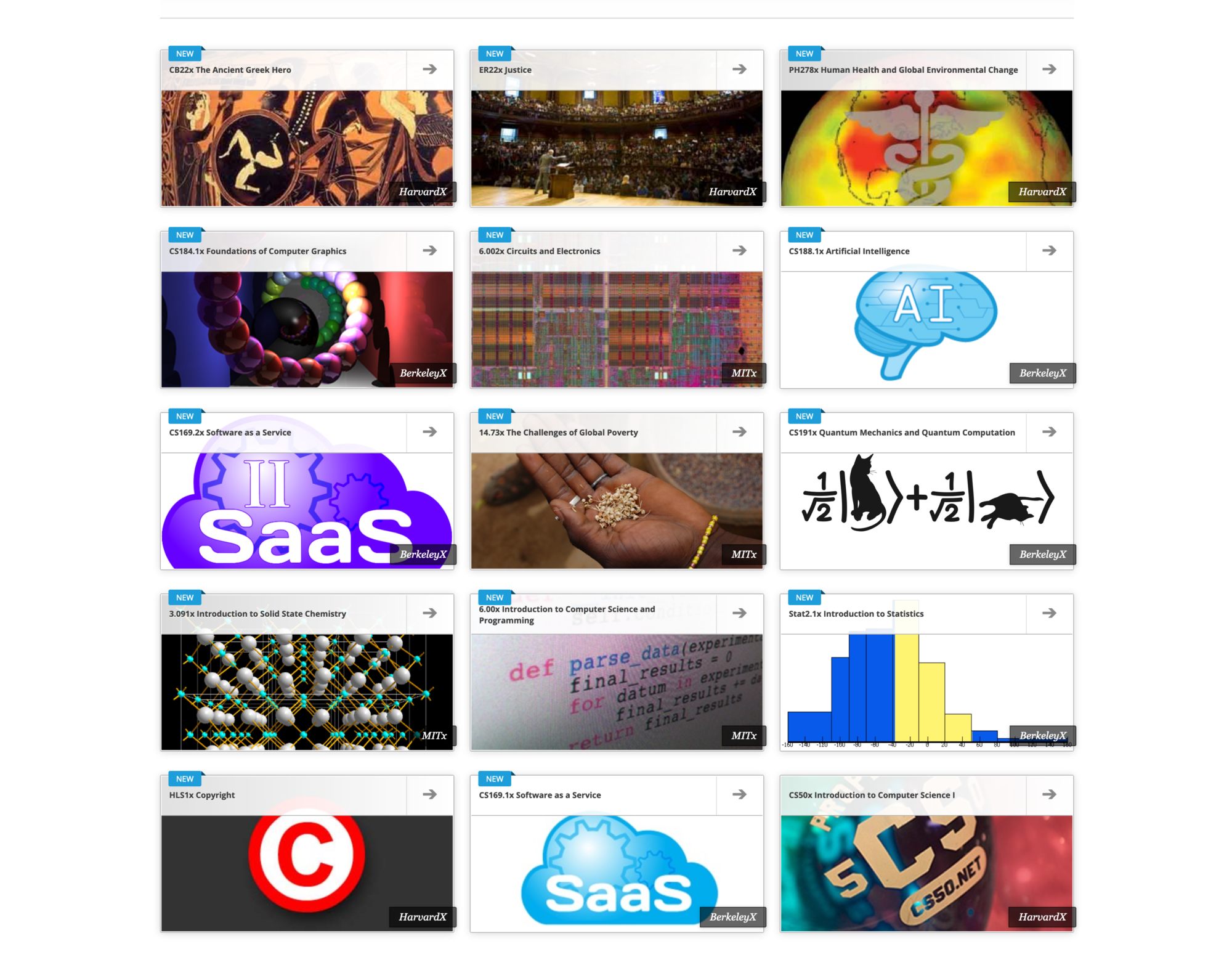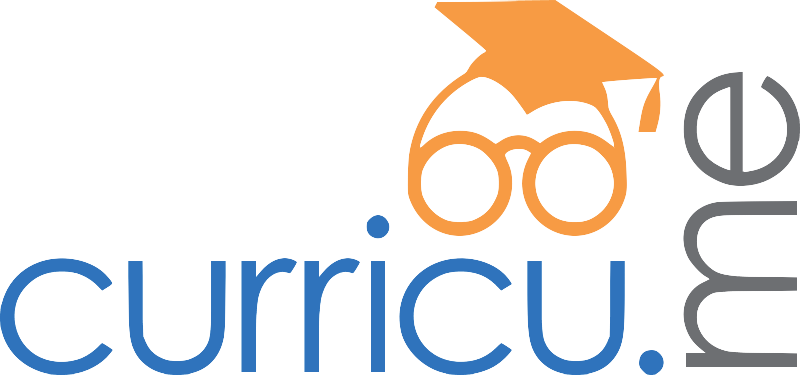In January of 2014, Edx.org hosted 15 courses on it’s course homepage:

At the time, all of those courses were considered “instructor-led”. The lectures may have been recorded, but there was a start and end date to the course and students had to abide by the deadlines. Granted, some of these courses did mention the ability to “skip ahead” but the instructor-led model was still the dominant way of thinking about open online courses.
By 2023, 8 of the 15 courses above had started to offer a self-paced version of the course. (5 have only offered instructor-paced and for 2 no information could be found). Self-paced has become the dominant format for open online courses.

2015 was the first year that self-paced shows up as a designation for EdX. In that year, 5 of 580 (<1%) courses were termed self-paced. But by 2016, that number was 402 of 1147 (35%). The growth was rapid! By 2019, about 2/3 of the courses starting that year were of the self-paced variety and that 2/3 ratio has stayed fairly consistent in years since.
So why the shift? I think it came down to a few important reasons.
- Students prefer self-paced courses – When given the option, more students will say they prefer more flexibility to less. A common request from students (across all courses) is to keep access to a course after it is over, or to be granted extensions. The most common reason for not completing a course is that a student ran out of time. Self-paced courses ameliorate (somewhat) all these things.
- Self-paced courses are easier to maintain – When working with instructor-led courses, course teams need to be intentional about the maintenance involved in that course. There may be weekly communication emails, or expectations for when students will receive grades back. Course teams also need to be intentional when designing self-paced courses, but most of that effort occurs up front before the course is launched, and the maintenance post-launch is less.
- Self-paced courses are easier to market – A major driver for any open education platform is enrollments. A specific start date presents friction to a student who is considering enrollment. Self-paced courses attract more enrollments which is a significant enticement to the platform and the provider.
The majority of the courses I work on with clients at this point are self-paced. The more attractive format and lower maintenance are what drives the popularity. But instructor-led courses still have more opportunities for communication and motivation, and sometimes the concept of an official “start date” is an effective marketing asset. Sometimes a hybrid is created of the two where an instructor-led course is built with the intention of transitioning to self-paced after the initial offering. But in an environment that prioritizes openness, access and enrollments, I expect that the growth of self-paced courses will continue to outpace courses that enforce dates.

